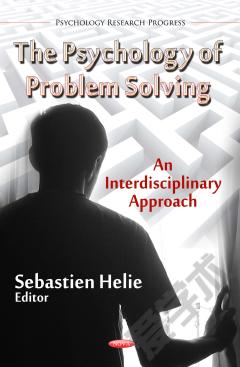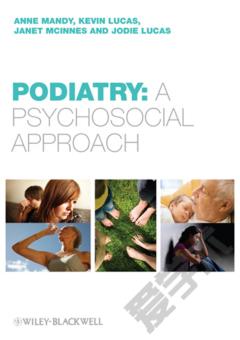The Psychology of Problem Solving: An Interdisciplinary Approach
This book compiles a series of chapters on theoretical, methodological, and practical advances in problem solving research that aim at identifying how participants build problem representations and search problem spaces. Each chapter has been carefully selected to represent the state-of-the-art in problem solving research, with a focus on applications through the analysis of verbal and graphical protocols of naïve and expert solvers working on well- and ill-defined problems. The work presented in this book suggests that building and searching the problem space are highly interactive activities that cannot be decoupled and studied in isolation. As a result, a highly interdisciplinary approach was adopted, including research from fields as diverse as linguistics, psychology, ethology, design, and cognitive science. Hence, this book should be of interest to the problem solving community in general.
{{comment.content}}








 京公网安备 11010802027623号
京公网安备 11010802027623号